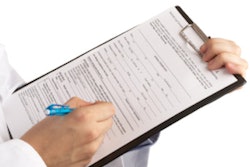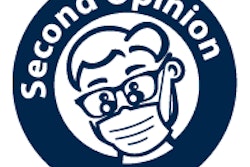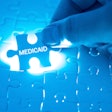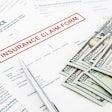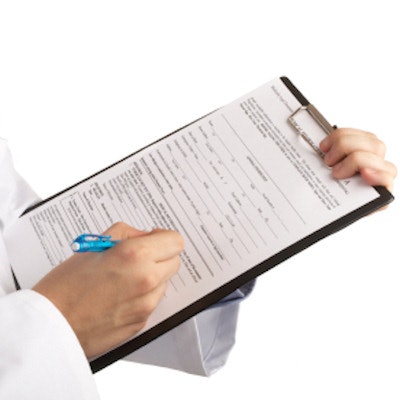
As time has gone on, dental coding has become increasingly complicated, making it easy to not catch simple mistakes. Coding experts Charles Blair, DDS, and Glenda Hood of practice management company Practice Booster share five tips to help your practice submit the right ICD-10 diagnostic code every time.
 Charles Blair, DDS. Images courtesy of Practice Booster.
Charles Blair, DDS. Images courtesy of Practice Booster.In part one of the dental coding series, Dr. Blair and Hood explained that diagnostic ICD-10 codes are relatively new to dentistry, but medicine has been using them for years.
Because the codes help the government track data about medical and dental procedures, they are sometimes required for state Medicare, Medicaid, and Patient Protection and Affordable Care Act (ACA) plans. However, Dr. Blair and Hood believe that large, private insurance networks will start requiring ICD-10 codes for dentistry in the near future because of government regulation and the opportunity to reduce unnecessary procedures.
To help you prepare for ICD-10 codes and improve upon your existing claims process, Dr. Blair and Hood share the following five tips for submitting clean claim forms.
1. Replace your code book annually
The ICD-10 codes and the ADA's Code on Dental Procedures and Nomenclature (CDT) get updated every year. The No. 1 problem that Dr. Blair and Hood see is dental and medical teams submitting old codes.
 Glenda Hood.
Glenda Hood."Almost every week I get a call from someone whose claim gets denied, and when I ask what code they used, they say, 'Well I used the code I always have,' " Hood explained. "The way they can resolve this is very simple. They need to invest in the most current resources every year."
Only about 30% of dentists get the updated code sets annually, placing many dentists at risk for submitting incorrect claims, Dr. Blair added.
"When I fly around the country, businessmen are stunned that there is a lack of business focus by dentists. Whereas, in the accounting profession, if you go to an accountant ... they wouldn't even dream of having last year's tax tables," he said. "Dentists, a lot of them and their team, think that 'We've got a book. It's only 2 or 3 years old. I guess it's OK.' "
2. Medical or dental?
Is your claim related to cancer treatment or diagnosis, sleep apnea, temporomandibular joint (TMJ) disorders, or trauma? If so, it might be covered by medical plans. Sometimes, impacted teeth and surgical extractions, especially of third molars, also can be covered by medical insurance.
However, even if a procedure isn't medical, you can still use ICD-10 codes. The code set has codes for everything from caries to periodontitis, and even fluoride varnish.
3. Document right or left
The ICD-10 code set is now more specific than ever, including some codes that account for laterality.
“Medicare and Medicaid are going to start coming down on these providers for nonspecified codes.”
"For instance, if a patient is having temporomandibular joint pain, the code will be different if it's the right side or the left," Hood said.
Therefore, dental teams have to be very careful about documenting the correct side, then using the proper code. Without proper documentation, claims may be denied.
"If it's not specified in the clinical documentation as to whether this was a right or left temporomandibular joint, for instance, you'll be forced as a coder to use a nonspecified code," Hood said. "Medicare and Medicaid are going to start coming down on these providers for nonspecified codes. They're going to start requiring documentation, and there's a chance they will reject a claim for unspecified codes."
4. Keep up with industry news
Diagnostic coding can be tough, especially because it's relatively new to dentistry and not focused on in dental school. One way to keep up with any new changes is to follow industry newsletters, which often announce important changes, Dr. Blair and Hood noted.
"There will always be advanced notices in the industry newsletter with changes coming up," Hood explained.
It can also be helpful to take coding continuing education courses, which provide more information about coding, Dr. Blair added.
5. Remember October 1 and January 1
One of the tricky parts of ICD-10 is that the codes change every year on October 1, unlike the dental and medical codes, which are updated on January 1.
"Any time a diagnosis code is required for date of service on or after October 1, 2015, that code will be in ICD-10," Hood explained.
Many dental teams have cheat sheets with the most commonly used codes, she noted, and it's easy to forget to change those yearly as well.
"Every office I've worked at, everybody who has anything to do with coding has their own little cheat sheets of codes they use all the time," Hood said. "And if those little cheat sheets are not updated, incorrect codes are going to be used."





